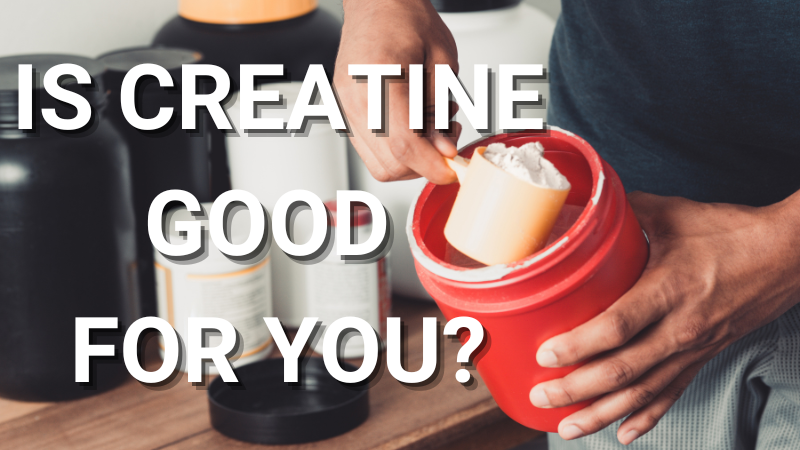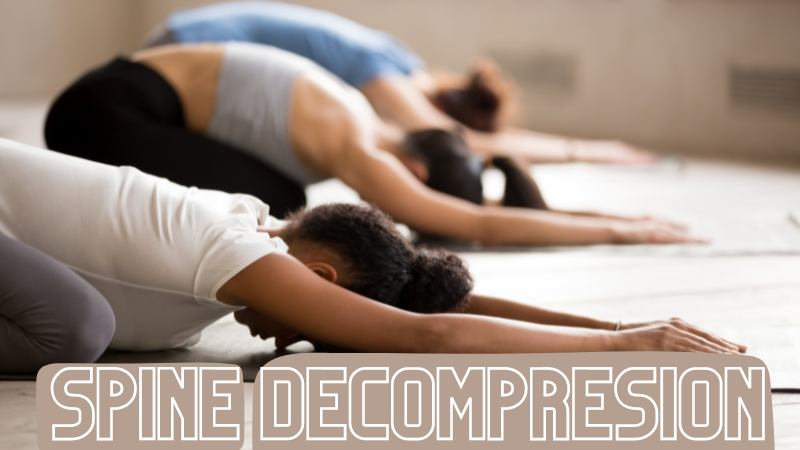Have you ever wondered what causes a rib hump in scoliosis?
Or even what you can do about it if you have one?
This article delves into what a rib hump is, why it happens, and what you can do about it.
What is a Rib Hump?
The ribs are attached to the spine at the back and the sternum at the front.
The spine moves in three dimensions – forwards and backward, side to side, and rotationally. Some movements are paired or coupled.
Meaning that when the spine bends to the side, it also rotates. This rotation then moves the ribs with it, so a rib hump is simply the result of spine and rib rotation. Additionally, the coupling motion is also associated with a third motion – extension (especially in younger individuals) or flexion (in older individuals). These additional movements can contribute to a flat back or increased kyphosis, respectively.
Does The Muscle Also Get Bigger?
When the spine rotates to the right, it pulls the ribs on that side back, resulting in a rib hump on the right. . This can be observed when bending forward or looking at someone from behind. In the lumbar spine, which is also commonly affected by scoliosis, a similar process occurs. However, since the lower back does not have any ribs, the hump is not as prominent. Instead, a thickening of the muscle on the longest side of the curve can be observed. This thickening is actually caused by the transverse processes pushing back on the muscle, creating the illusion of increased muscle thickness and strength.
Reducing Rib Hump
Now that we understand the cause of rib hump, let’s explore how we can attempt to reduce it. Various methods of scoliosis correction focus on different approaches. Some methods involve breathing into the concavity of the spine to open it up from the inside. Others incorporate head or arm movements to correct the frontal plane. It is important to remember that the spine is coupled in its motions, meaning that movement in one direction will also result in a derotation and potential reduction of angles in other planes. Simply using a foam roller or similar tools to ‘push’ the humpback into position may provide temporary relief, but they won’t create lasting changes.
Methods of Correction
To correct the rib hump, we can employ different methods. One effective technique is to reach the forward with the same side arm while simultaneously rotating the shoulder and thorax. This combination of movements helps to pull the ribs forward, de-rotating the spine and reducing the rib hump. Additionally, exercises that target the frontal and sagittal planes can aid in correcting the curvature. For example, sitting down and raising one hand above the head while rotating the other hand across the body can help correct the curve in both the frontal and transverse planes.
See this video for more detailed examples.
Maintaining Correction
Once we have achieved increased mobility and some derotation with the ribs being pulled forward, it is crucial to maintain the new position. This requires strengthening the muscles that can pull the ribs forward. The chest muscle, which attaches to the abdominal muscles (specifically the obliques) and wraps around the body into the glutes, plays a significant role in this process. Strengthening these ‘slings’ of muscles can help maintain a detrotated rib position. It is important to remember that the same motion that pushes the arm forward also occurs when pulling the opposite arm backward, so both pushing and pulling motions can be effective. Additionally, when working with scoliosis you will need to include exercises that target the frontal and sagittal planes a the same time as working with the rib hump in the transverse plane.
Considerations for S-Shaped Curves
While the methods discussed can be easily applied to a C-shaped curve, it is essential to exercise caution when dealing with an S-shaped curve. In an S-shaped curve, two separate curves require individual attention. The motions used for derotation in the top curve should not be applied to the lumbar spine, as the rotation is in the opposite direction. In my online and in-person course, called the Scoliosis Correction Protocol, the lumbar spine is prepositioned to start to correct the curve before focusing on the upper curve using top-down movements. If you are attempting exercises at home, be mindful of the potential impact on different curves and seek professional guidance if necessary.
To summarize, rib hump in scoliosis occurs due to the rotation of the spine. By understanding the three-dimensional movements of the spine, we can develop a plan to decrease the hump. As scoliosis is a 3-D problem we need to use exercises that move the spine in the frontal, transverse, and sagittal planes to increase, mobility strength, and endurance.
Strengthening the muscles involved in pulling the ribs forward is crucial for maintaining the derotation. However, it is important to exercise caution when dealing with S-shaped curves and to seek professional guidance when needed. I hope you found this information helpful. If you want my help to see if we can use specific exercises and lifestyle medicine to help you recover from pain, injury, or illness please reach out to me via ed@edpaget.com



